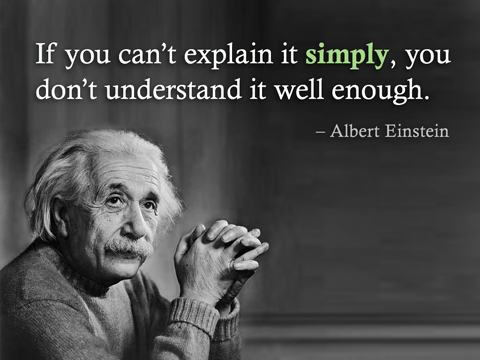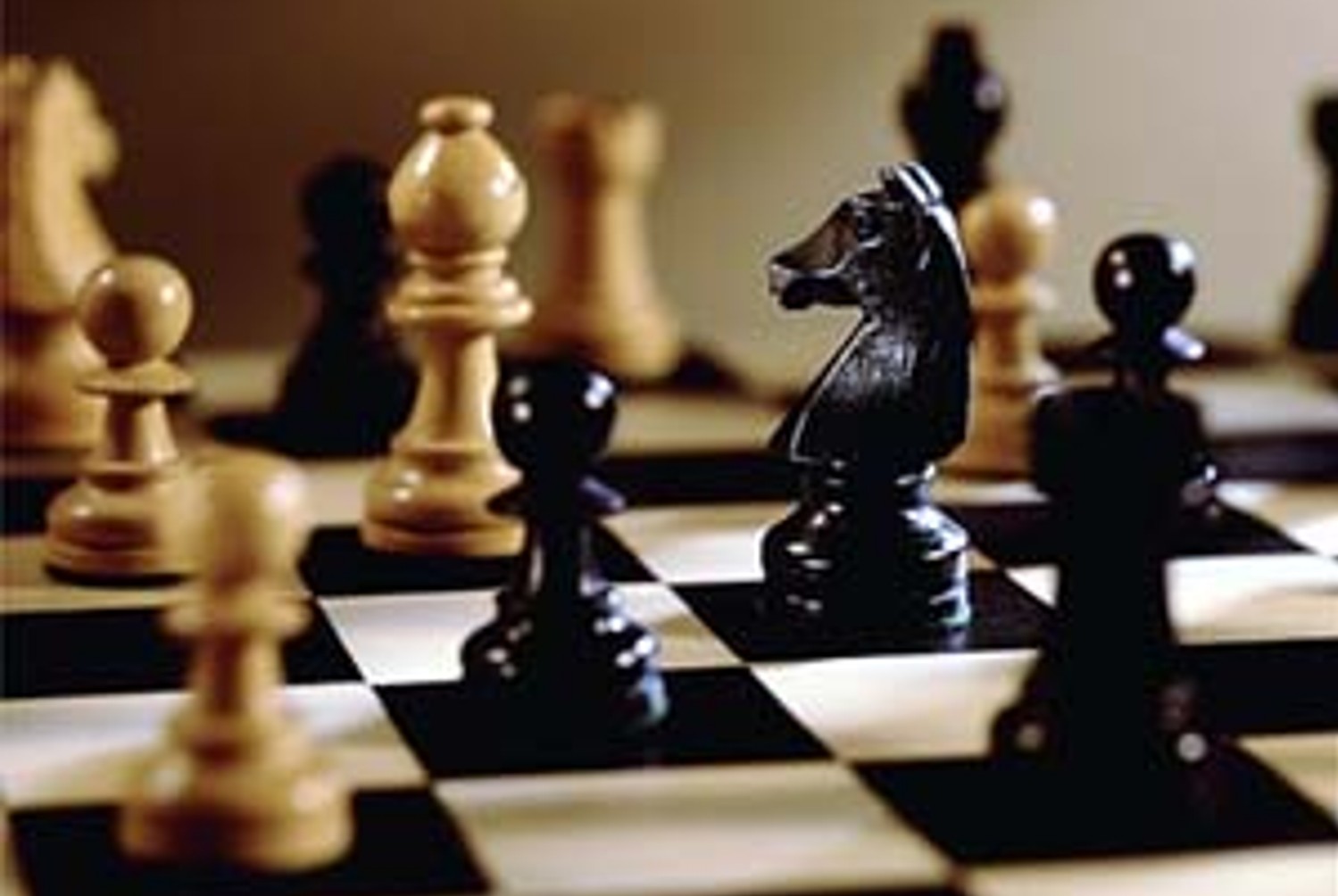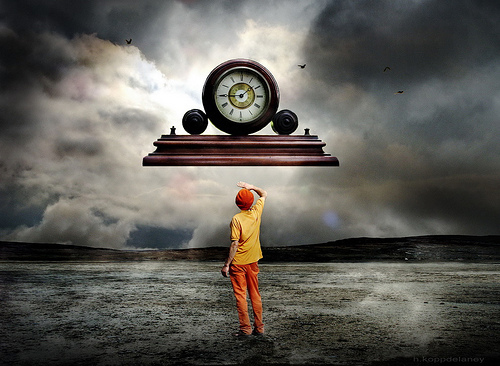Clearing the mystic clouds of nostalgia and cognitive biases that shape consumer preferences.
“Even though we’ve changed and we’re all finding our own place in the world, we all know that when the tears fall or the smile spreads across our face, we’ll come to each other because no matter where this crazy world takes us, nothing will ever change so much to the point where we’re not all still friends.”~Anonymous
An old friendship is the most cherished relationship. John Leonard rightly says, “It takes a long time to grow an old friend.” I found my best friend when I was 15 and she is my best friend even today. I have come across a lot of people over the years who could have easily been my friends if I had met them earlier. But there is something special about my ‘old’ friend that none of the ‘new’ ones possess. The best conversations with her are the stories of childhood pranks and the good ol’ dayswhere my friend adorns the role of a time machine that takes me back to the rosy past. What is her secret ingredient? Nostalgia.
Holbrook and Schindler define nostalgia as a “preference (general liking, positive attitude) towards objects (people, places or things) that were more common (popular, widely circulated) when one was younger (in early adulthood, adolescence, childhood, or even before birth)”. Consumers tend to like something that was an integral part of their “early” life not only because of the rational benefits of the object, but more so because of the emotional benefits of the “memories” triggered by it. These nostalgic feelings are strongly associated with an individual’s critical period which usually ranges from the age of 15-30 years. Researchers have conducted numerous empirical studies to prove that age related preference exist for tastes in movie stars, films, music, movies and also for styles of automobiles. Most of us would have noticed our fathers talking with praise for the old movie songs of the 60’s and with slander for the contemporary music. And for millennials, the romance lies with the 90’s.
But why is nostalgia “liked”? What is the value associated with it that makes consumers crave for it?
Nostalgic feelings depend on the age related developmental changes that a person goes through over time. These changes are ‘discontinuities’ that tend to disrupt normalcy in life. Discontinuity can be personal (divorce, friend’s death, immigration); collective (war, economic depression, natural calamity) or transitions in life-stage (adolescence to adulthood, marriage, parenthood). Davis says that nostalgia serves as a shield to preserve one’s identity against life’s discontinuities by connecting one’s past to the present. A person who has faced a higher degree of discontinuity is more prone to nostalgia.
“For me, the past counted far more than the present, Compared to memory, every possession can only ever seem disappointing, banal, inadequate … My anxiety at the present ‘immediately’ turned into the past so that I could love it and dream about it at leisure” ~ Giorgio Bassani
This clearly throws light upon the fact that most people have an affinity towards the city where they spent their childhood because ‘childhood days’ are the rosiest days of the past.
“We could never have loved the earth so well if we had had no childhood in it.” ~George Eliot, The Mill on the Floss, 1860
In India, the best liking in food is for “grandma’s pickles” that were readily available in childhood. Many bottled pickle manufacturers in India have actually named their product as “Grandma’s pickles” or “Mother’s recipe” to leverage nostalgia.
A rational person would be expected to choose an option that would be best in rational benefits and bestow upon her a materially-gratified present. But if we look at this person as a ‘human’ from the vantage point of behavioural economics we can clearly witness the importance given to the romanticised past. Muehling and Pascal conducted an empirical study on the impact of nostalgic advertising and proved that personal nostalgia generally outperforms non-nostalgic advertising in terms of self-directed thoughts, positive affect, and attitude toward the advertisement. Rindfleish suggests that when a person is prone to nostalgia, she ‘blinds’ herself from the present choices. The sensorial stimuli (taste, sound, smell) that she receives from nostalgic food, music and scent trigger a sense of liberalisation of a higher order and the actual physical attributes of the stimuli do not matter anymore.
Nostalgia is not the only reason why people tend to like something that they had an early encounter with. Based on research done in food preferences by Beauchamp and Bartoshuk, exposure of the unborn child to flavours in the amniotic fluid and mother’s milk may contribute to later preferences to such flavours. The impact of the ‘mere exposure effect’ may lead to a liking, or even overcome a dislike, for an object by mere repeated exposure to it. This can explain a stronger liking for ‘older’ brands because of the higher number of mere exposures to them as compared to the newer brands. Another explanation for food preference can be linked to Pavlovian conditioning which especially applies to food that are high on fats and taste and produce positive hedonic experiences when eaten. Consumers tend to ‘learn’ the cause-effect relation of the hedonic pleasure with the food and develop preferences based on past experience anchoring.
If we look at purchase behaviour of brands, there is a segment of consumers who claim to like their brand but are not truly satisfied with its performance. Jones and Sasser call them ‘hostages’. These are consumers who are ‘stuck’ with the first brand they tried because of high switching costs. Cognitive dissonance does not allow them to admit that they have made a wrong brand decision especially in case of high involvement products where the decision is irrevocable. They need to convince their rational minds to believe that their brand is the ‘best’. Cognitive biases like post purchase rationalisation and selective perception comes into play to justify their decision where they seek out information that confirms their existing beliefs and reject information that disconfirms the same. Another bias that functions is ‘loss aversion’ which is the tendency of people to strongly prefer avoiding losses over acquiring gains. This makes them feel apprehensive about trying something new because they do not want to exit their present ‘comfort zone’ with their first brand because losses hurt more that gains feel good.
The ultimate goal for any consumer is to feel good about herself. It is either through escaping or distorting the present in the mystic pathways of her mind. She needs a friend to make her feel good, not a stranger. After all, what are friends for?













